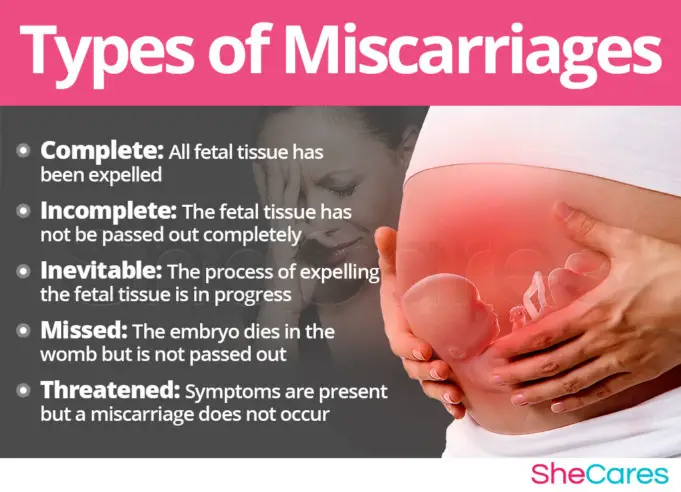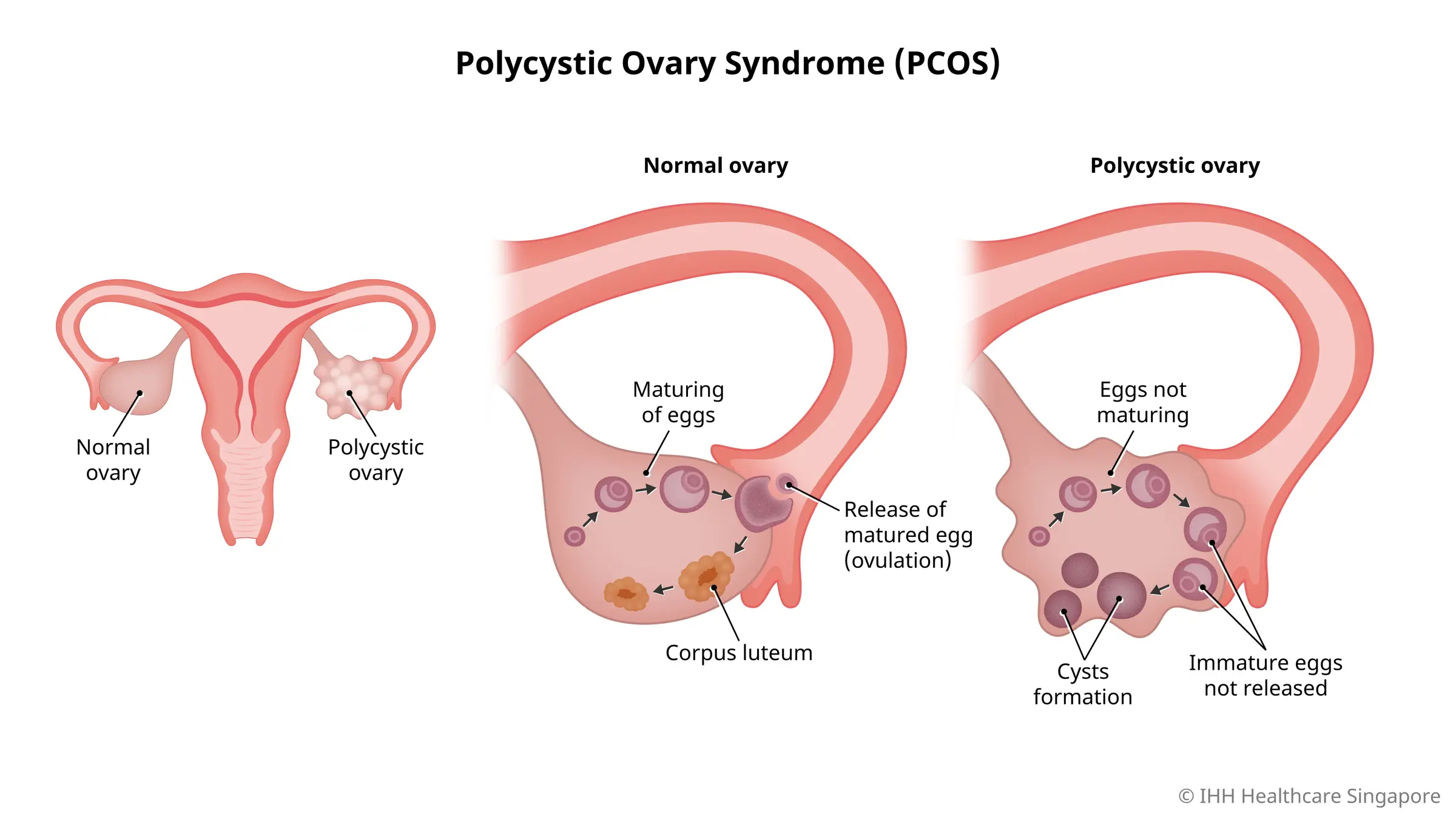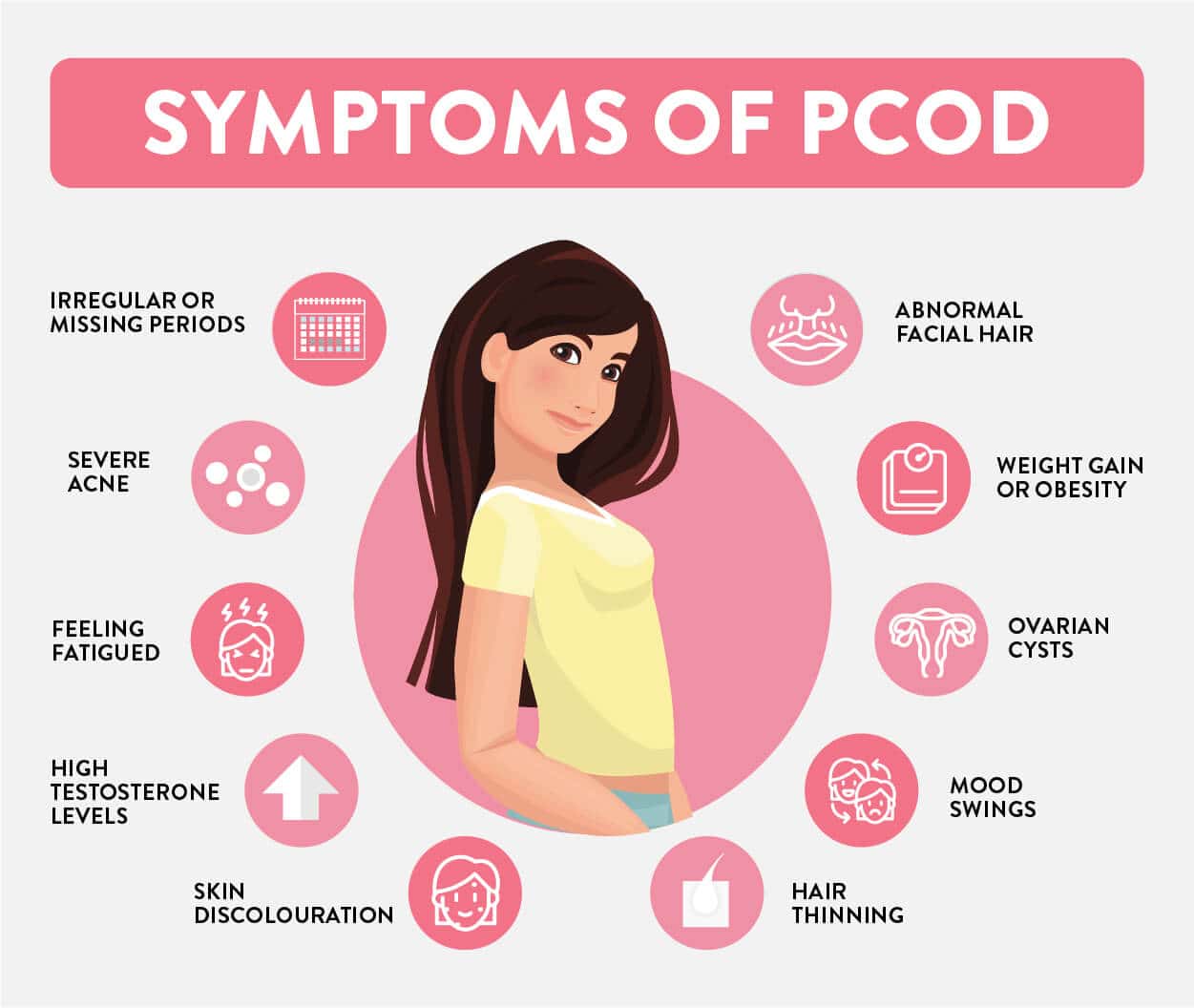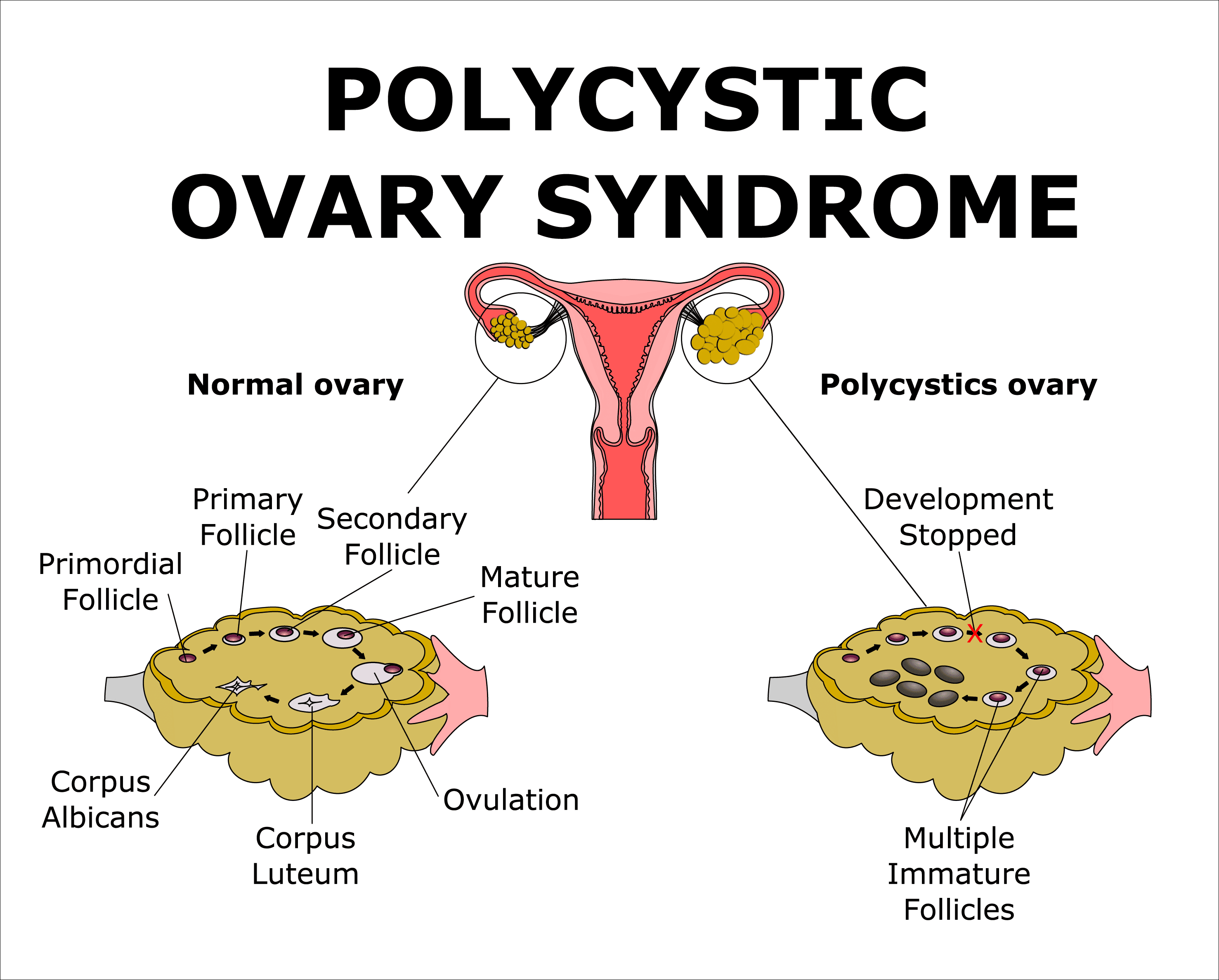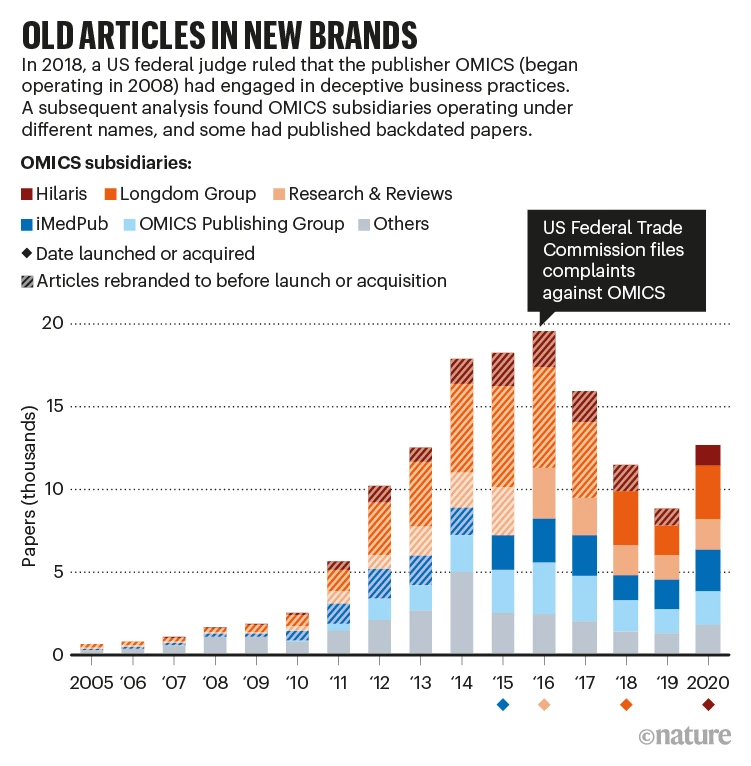Academic fraud undermines the integrity of education and
research, shaking the foundation upon which knowledge is built. It encompasses
a range of unethical behaviors by students, researchers, and educators that
misrepresent the truth. This blog delves into the types of academic fraud,
real-world case studies, and measures implemented to combat this issue.
Types of Academic
Fraud
· Plagiarism: The unauthorized use or close
imitation of the language and thoughts of another author without
acknowledgment. Plagiarism can occur in various forms, such as:
o
Direct Plagiarism: Copying another author's work
word-for-word without citation.
o
Self-Plagiarism: Reusing one's own previously
published work without acknowledgment, presenting it as new research.
o
Mosaic Plagiarism: Piecing together ideas,
phrases, and concepts from different sources without proper citation, creating
a patchwork of borrowed material.
o
Accidental Plagiarism: Unintentional failure to
cite sources correctly, often due to lack of knowledge about proper citation
practices.
·
Fabrication and Falsification: These are serious
offenses in the realm of research and academia.
o
Fabrication: Making up data, experiments, or
findings that were never conducted or observed. This includes creating
fictional research results and reporting them as real.
o
Falsification: Manipulating research data,
equipment, or processes to produce desired results. This can involve altering
data points, selectively reporting results, or modifying images in research
publications.
·
Cheating: Dishonest behavior in academic
assessments, encompassing various tactics used to gain unfair advantage.
· Ghostwriting: When someone writes work for
another person, who then submits it as their own. This practice is prevalent in
academic publishing and student assignments.
o
Academic Papers: Scholars hiring ghostwriters to
produce articles or research papers submitted for publication.
· Data Manipulation: Subtly altering research data
to achieve more favorable outcomes without outright fabrication or
falsification.
o
P-Hacking: Manipulating data analysis until
nonsignificant results become significant, often through selective reporting of
positive results.
o
Cherry-Picking: Only reporting data that
supports a desired hypothesis while ignoring data that contradicts it.
· Unethical Collaboration: Inappropriate or
dishonest collaboration between researchers, often to enhance the perceived
credibility or impact of their work.
o
Gift Authorship: Listing individuals as authors
who did not significantly contribute to the research, often to curry favor or
inflate the paper's credibility.
o
Salami Slicing: Splitting one significant piece
of research into several smaller publications to increase the number of
publications on a CV.
·
Misrepresentation of Sources: Citing sources
that were not actually used or misrepresenting the context of cited
information.
o
Fake Citations: Inventing sources or citing
nonexistent works to support research claims.
o
Distorted Citations: Misrepresenting the
conclusions or findings of a source to bolster one's own arguments.
Frauds done by Publishing House
Academic fraud is not limited to the actions of individuals;
publishing houses can also engage in unethical practices that undermine the
integrity of scholarly communication. Here, we explore various types of fraud
committed by publishing houses, illustrating the consequences of these actions
and the steps being taken to address them.
· Predatory publishing refers to exploitative
academic publishers that charge publication fees without providing legitimate
editorial and publishing services. Characteristics of predatory publishers
include:
o
Lack of Peer Review: Accepting and publishing
papers without rigorous peer review, thereby compromising the quality and
reliability of the research.
o
Aggressive Solicitation: Spamming researchers
with invitations to submit papers or join editorial boards, often with the
promise of rapid publication.
o
Misleading Metrics: Using fake or misleading
impact factors and other metrics to appear more credible
Citation manipulation involves practices that
artificially inflate the citation metrics of a journal or specific articles.
This can occur through:
o
Citation Cartels: Agreements between journals to
cite each other’s articles extensively to boost impact factors.
o
Coercive Citation: Editors pressuring authors to
add citations to articles from the editor’s journal that are not relevant to
the paper’s content.
·
Some publishing houses organize fake conferences
and launch bogus journals that exist solely to extract fees from researchers:
o
Fake Conferences: Hosting conferences with
little to no academic value, often accepting any submitted abstract or paper
for a fee.
o
Bogus Journals: Creating journals that mimic the
appearance of legitimate ones but lack rigorous editorial and peer review
processes.
·
Encouraging or allowing duplicate and redundant
publications dilutes the scientific literature and misrepresents the amount of
unique research:
o
Duplicate Publication: Publishing the same
research in multiple journals or conference proceedings without proper
cross-referencing or justification.
o
Redundant Publication: Splitting a single study
into several parts to increase the number of publications without significant
new information.
Case Studies of Publishing House Fraud
OMICS International, a publisher known for organizing
conferences and publishing journals, has faced criticism and legal action for
predatory practices. In 2019, the U.S. Federal Trade Commission (FTC) won a
court case against OMICS, accusing it of deceiving researchers about the nature
of its peer review process and the true costs of publication.
In 2014, SAGE Publications retracted 60 articles from one of
its journals after discovering a peer review ring, where the same individuals
were reviewing each other's work without proper oversight. This incident
highlighted the vulnerabilities in peer review processes and the potential for
abuse.
In the mid-2000s, Elsevier faced a scandal when it was
revealed that it had published six fake journals sponsored by pharmaceutical
companies. These journals appeared to be legitimate, peer-reviewed scientific
journals but were, in fact, marketing tools for the companies' products.
Case Studies of Academic Fraud
The LaCour Scandal: In 2014, Michael LaCour, a
political science graduate student at UCLA, published a study in Science
claiming that gay canvassers could change people's views on same-sex marriage.
However, in 2015, it was revealed that LaCour had fabricated the data. His
co-author and the journal retracted the paper, and LaCour faced severe
professional consequences .
The Diederik Stapel Case: Diederik Stapel, a Dutch
social psychologist, fabricated data in dozens of research papers over several
years. His fraud was uncovered in 2011, leading to the retraction of over 50
papers and significant damage to his career and the credibility of social
psychology research.
Steps Taken to Combat Academic Fraud
1. Institutional
Policies
Many educational institutions have implemented strict
academic integrity policies. These policies outline the definitions of fraud,
the consequences of engaging in such behavior, and the processes for addressing
allegations. For example, Harvard University has an Honor Code that emphasizes
integrity and details procedures for handling violations .
2. Technological
Solutions
Software like Turnitin and Grammarly is widely used to
detect plagiarism in student submissions and scholarly works. Additionally,
digital tools for data verification and statistical analysis help identify
anomalies in research data, aiding in the detection of fabrication and
falsification .
3. Education and
Training
Institutions are increasingly focusing on educating students
and staff about academic integrity. Workshops, online courses, and orientation
programs aim to instill ethical research and academic practices from the outset
.
4. Regulatory Bodies
and Journals
Scientific journals and academic conferences are tightening
their peer review processes. Organizations like the Committee on Publication
Ethics (COPE) provide guidelines to maintain high ethical standards in
publishing. Journals are more vigilant in retracting fraudulent papers and
publicly addressing issues of misconduct .
5. Whistleblower
Protections
Encouraging the reporting of academic fraud is crucial. Many
institutions have established confidential channels for whistleblowers and
offer protections against retaliation. This ensures that individuals can report
unethical behavior without fear of negative repercussions .
Conclusion
Academic fraud is a multifaceted issue that threatens the
credibility and reliability of academic work. Through stringent policies,
technological advancements, educational efforts, and robust support for
whistleblowers, the academic community is actively combating fraud. Continued
vigilance and ethical commitment are essential to preserve the integrity of
academia.
References
1. Martin, B. (2013). Plagiarism: Policy against Fraud in
Student Work. University of Wollongong. https://policies.uow.edu.au/document/view-current.php?id=26
2. Office of Research Integrity. (2020). Fabrication and
Falsification. https://ori.hhs.gov/data-fabrication-and-falsification-how-avoid-detect-evaluate-and-report
3. ‘Teddi’ Fishman, T. (2016). Academic Integrity as an
Educational Concept, Concern, and Movement in US Institutions of Higher
Learning. In: Bretag, T. (eds) Handbook of Academic Integrity. Springer,
Singapore. https://doi.org/10.1007/978-981-287-098-8_1
4. COPE Council. (2019). Guidance for Editors: research,
audit and service evaluations. Guidance for Editors: research, audit and
service evaluations. https://doi.org/10.24318/B0fI5nuw
5. Turnitin. (2021). How Turnitin Works. https://www.turnitin.com/search/?query=how+Turnitin+works
6. Marcia McNutt, Editorial retraction. Science 351, 569 – 569
(2016). https://www.science.org/doi/full/10.1126/science.351.6273.569-a
7. Levelt Committee, Noort Committee, & Drenth
Committee. (2012). Final Report: Flawed Science: The Fraudulent Research
Practices of Social Psychologist Diederik Stapel. Tilburg University. https://www.tilburguniversity.edu/sites/default/files/download/Final%20report%20Flawed%20Science_2.pdf
8. Carafoli, E. (2015). Scientific misconduct: the dark side
of science. Rendiconti Lincei, 26, 369-382. https://link.springer.com/article/10.1007/s12210-015-0415-4
9. Umlauf, M. G., & Mochizuki, Y. (2018). Predatory
publishing and cybercrime targeting academics. International Journal of Nursing
Practice, 24, e12656. https://onlinelibrary.wiley.com/doi/full/10.1111/ijn.12656
10. Paraskevopoulos, P., Boldrini, C., Passarella, A. et al.
The academic wanderer: structure of collaboration network and relation with
research performance. Appl Netw Sci 6, 31 (2021). https://doi.org/10.1007/s41109-021-00369-4
16. Siler, K., Vincent-Lamarre, P., Sugimoto, C. R., &
Larivière, V. (2021). Predatory publishers’ latest scam: bootlegged and
rebranded papers. Nature, 598(7882), 563-565. https://www.nature.com/articles/d41586-021-02906-8#:~:text=In%202018%2C%20the%20US%20Federal%20Trade%20Commission%20%28FTC%29,academic%20disciplines%20with%20little%20or%20no%20peer%20review.
17. Buranyi, S. (2017). Is the Staggeringly Profitable
Business of Scientific Publishing Bad for Science? The Guardian. https://www.theguardian.com/science/2017/jun/27/profitable-business-scientific-publishing-bad-for-science
18. Van Noorden, R. (2023). More than 10,000 research papers
were retracted in 2023—a new record. Nature, 624(7992), 479-481. https://www.nature.com/articles/d41586-023-03974-8
19. Grant, B. (2009). Elsevier Published 6 Fake Journals.
The Scientist. https://www.the-scientist.com/elsevier-published-6-fake-journals-44160
